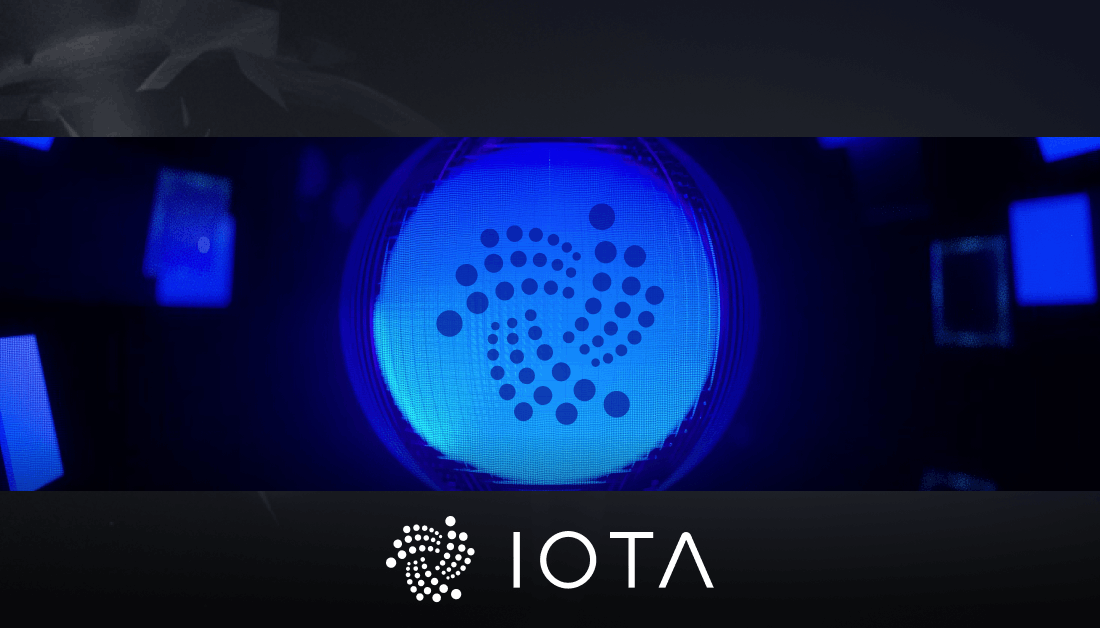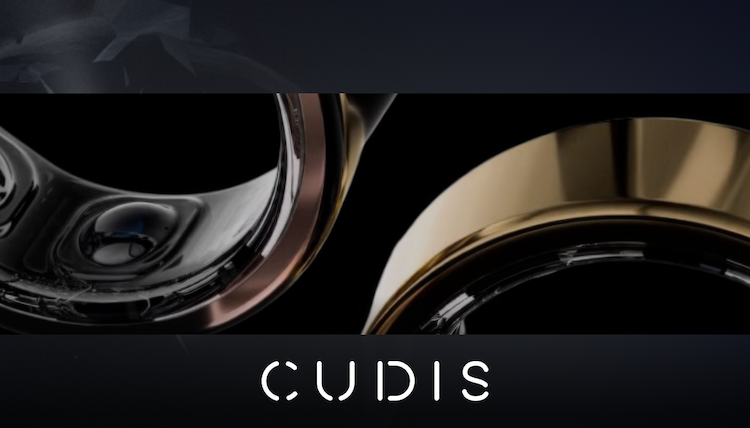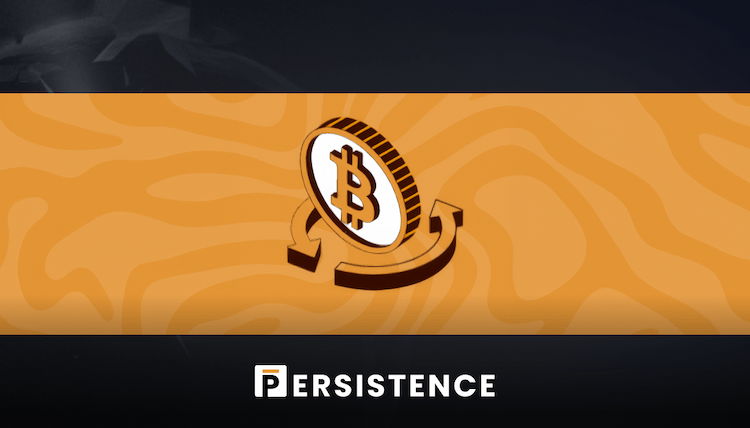
As the blockchain industry continues to grow, the need for efficient and scalable solutions is more important than ever, especially in areas like supply chain management and asset tokenization. Since its launch, IOTA has set itself apart by surviving in the challenging crypto landscape, where many projects from 2015 have failed. IOTA has continuously adapted to meet market demands. While traditional blockchain platforms often face scalability and high transaction fees, IOTA has become a transformative force by providing a decentralized foundation for smooth data and value exchange.
Initially focused on Internet of Things (IoT) applications, IOTA has evolved to introduce the Move programming language for its Layer 1 solution, further enhancing its capabilities. This flexibility allows IOTA to tackle ongoing challenges in the industry, such as interoperability and operational efficiency. With nearly a decade of development and several real-world use cases, IOTA is now the third Move Layer 1 solution next to Sui and Aptos, featuring strong tokenomics and attractive staking annual percentage yields (APY). The project is committed to creating a decentralized framework that empowers businesses and developers, making it an important player in the blockchain space.
This month’s review will explore IOTA's various product features, including IOTA Rebased and the dedicated team behind the project, and delve deeper into its strengths and potential challenges in the rapidly changing blockchain ecosystem.
What is IOTA and IOTA Rebased
Since its inception, the IOTA Foundation has been dedicated to pioneering innovative alternatives in the blockchain space, moving away from practices that proved inadequate. Central to IOTA’s evolution is its unique technical foundation, originally characterized by a scalable, parallelized ledger that set it apart from other Layer 1 solutions. This commitment to innovation has culminated in the launch of IOTA Rebased, a transformative protocol designed to accelerate the introduction of programmability and full decentralization into the IOTA ecosystem. By transitioning from a UTXO-based model to an object-based ledger powered by the Move VM, IOTA Rebased unlocks advanced programmability and scalability, enabling sophisticated applications such as DeFi, tokenized assets, and supply chain systems.
IOTA Rebased is born out of the need for reliable blockchain infrastructure that "just works," addressing scalability, efficiency, and programmability gaps. The integration of MoveVM alongside Ethereum Virtual Machine (EVM) creates a dual smart contract ecosystem, enabling seamless development across both platforms while enhancing cross-chain interoperability. Leveraging nearly a decade of experience, IOTA has optimized the Move programming language—used by leaders like Sui and Aptos—to achieve greater decentralization, security, and throughput of over 50,000 transactions per second (TPS) with sub-500ms confirmation times.
This positions IOTA as a scalable and programmable blockchain infrastructure that meets the needs of modern developers and enterprises. Furthermore, features such as staking rewards (up to 10–15% APY), fee-burning mechanisms for economic stability, and feeless-sponsored transactions ensure robust network engagement and sustainability. With these advancements, IOTA Rebased not only enhances its ecosystem but also establishes itself as a formidable competitor capable of surpassing Sui's and Aptos's performance while maintaining fair tokenomics and real-world utility.
Overview of Features of IOTA Rebased include:
- Programmability: The introduction of move-based smart contracts on a parallelized, DAG-based ledger, enabling advanced application development.
- High Throughput & Low Fees: Achieving transaction speeds of over 50,000 transactions per second with negligible fees, complemented by a fee-burning mechanism for long-term economic stability.
- Staking Rewards: Competitive annual percentage yields (APY) of up to 10-15% for token holders who secure the network, fostering engagement and community growth.
- Decentralization: Transitioning to a Delegated Proof of Stake (DPoS) mechanism, with plans to scale up the validator count from 40–50 at launch to 150, ensuring a robust decentralized network.
- Real-World Adoption: IOTA's partnerships and projects include digitizing supply chains and tokenizing yield-bearing assets, paving the way for enhanced financial ecosystems and asset management.
Following the successful community vote in December 2024 in favor of IOTA Rebased, the stage is now set for the protocol upgrade, marking a pivotal step in the evolution of the IOTA network. This initiative not only signifies a commitment to creating substantial value for token holders but also sets the stage for IOTA to further integrate real-world assets and applications.
Recent Partnerships and Community Initiatives
IOTA has established itself as a trusted partner in driving real-world blockchain applications through strategic collaborations with governments, enterprises, and global organizations. In Europe, the IOTA Foundation plays a pivotal role in initiatives such as the European Blockchain Services Infrastructure (EBSI) and the European Blockchain Sandbox. These projects have focused on developing solutions like digital product passports and intellectual property rights management, showcasing IOTA's ability to comply with stringent regulatory requirements while addressing sustainability challenges. Additionally, IOTA has partnered with organizations like the World Economic Forum and the Tony Blair Institute to revolutionize global trade through its Trade and Logistics Information Pipeline (TLIP). By enabling real-time data sharing and reducing administrative overhead, TLIP has been adopted in countries like Kenya and is expanding to the UK and UAE, demonstrating IOTA's effectiveness in digitizing legacy systems and fostering interoperability in international trade.
In Abu Dhabi, IOTA is collaborating with Realize to launch the first tokenized T-Bills fund within the Abu Dhabi Global Market (ADGM), marking a significant milestone in real-world asset tokenization. This partnership leverages IOTA’s scalable architecture to tokenize U.S. Treasuries, offering new opportunities for institutional adoption and integration into decentralized finance ecosystems. The initiative aligns with ADGM's vision of becoming a global leader in tokenized assets while adhering to stringent regulatory standards.
Beyond financial applications, IOTA has co-financed sustainability projects such as EnergieKnip in the Netherlands, incentivizing sustainable energy consumption for over 50,000 households. Similarly, its collaboration with Imperial College London on the I3-Lab focuses on circular economy solutions powered by distributed ledger technology (DLT), emphasizing recycling and reuse over consumption. These partnerships highlight IOTA's commitment to solving real-world problems through innovative blockchain applications.
In addition to forging new partnerships, IOTA is launching the IOTA MOVEATHON, the first in a series of global hackathons spanning nine weeks and culminating in a live showcase event in Singapore on June 6, 2025.
With over $150,000 in prizes, the MOVEATHON invites participants to leverage the new Move VM to push the boundaries of decentralized innovation across four tracks.
Team
The IOTA Foundation, with nearly ten years of experience at the forefront of distributed ledger technology, brings together a team of 140 highly skilled professionals. Over the past decade, the Foundation has built a strong track record in innovation, research, and real-world adoption – making it one of the most experienced and respected organizations in the Web3 space.
This strong foundation of talent and experience makes IOTA uniquely positioned to execute its bold Move strategy with confidence and precision.
Analysis
Strengths:
- Established Reputation and Proven Track Record: Since its launch in 2015, IOTA has built a strong reputation as a pioneer in distributed ledger technology (DLT). Its resilience through market cycles and innovative approach, such as the adoption of Tangle technology, have positioned it as a trusted name in the blockchain space. The IOTA Foundation’s non-profit governance further enhances its credibility, particularly with institutional and governmental partners.
- Advanced MoveVM Technology: IOTA Rebased introduces cutting-edge MoveVM technology alongside EVM compatibility, creating a dual smart contract ecosystem that rivals competitors like Sui and Aptos. This innovation allows for high throughput (50,000+ TPS), low latency, and advanced programmability, making IOTA highly attractive for developers and enterprises seeking scalable solutions for decentralized applications and tokenized assets.
- Real-World Adoption and Government Partnerships: IOTA has demonstrated significant real-world utility through partnerships with governments and enterprises. Notable collaborations include tokenizing U.S. Treasuries with Realize in Abu Dhabi, digitizing global trade with the Trade and Logistics Information Pipeline (TLIP), and supporting sustainability initiatives like EnergieKnip in the Netherlands. These partnerships highlight IOTA’s ability to integrate blockchain into legacy systems, addressing tangible challenges across industries.
Challenges:
- Competitive dApp Ecosystem: The blockchain space is increasingly crowded with ecosystems offering diverse decentralized applications (dApps) and protocols. While IOTA’s technical advancements are impressive, standing out among established competitors like Ethereum, Solana, and newer entrants like Sui remains a challenge.
- Community Perception and Awareness: Educating the community about its transformation into a versatile blockchain platform capable of supporting DeFi, tokenization, and real-world asset adoption is critical. By emphasizing its tangible impact and technological advancements, IOTA can reshape perceptions and attract broader interest from developers, investors, and enterprises alike.
What’s Next for IOTA
In the coming months, IOTA aims to leverage the exciting opportunity presented by IOTA Rebased to overcome existing roadblocks and emerge as a leading global blockchain infrastructure. If adopted, IOTA Rebased would significantly enhance the utility and competitiveness of the IOTA ecosystem, providing a more efficient path than the original IOTA 2.0 plans. With Move-based smart contracts and a scalable, object-oriented ledger inspired by Sui, IOTA Rebased is set to achieve programmability and decentralization more rapidly, meeting the increasing demands from industries and developers.
Learn more about IOTA
🌐 Official website: iota.org/
🐦 Official Twitter: twitter.com/iota
📝 Blog: blog.iota.org



